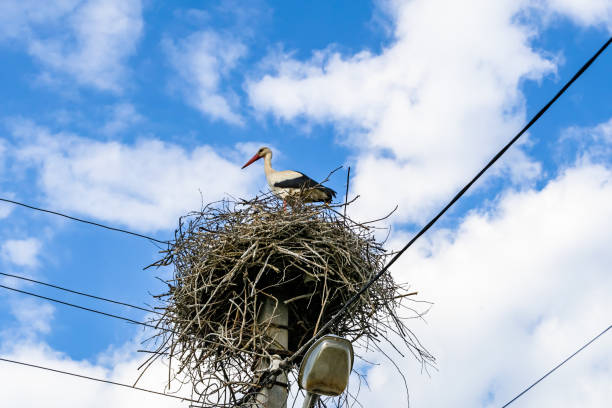The NATE website contains many resources for the optimum procedures when it comes to safety and tower-climbing prep. A common issue that is often overlooked, is what to do if a field tech sees a nest on-site?
On its page entitled “Migratory Birds and Telecommunications Facilities: A Guide for Contractors,” a few key questions get answered.
The first directive to tower techs is: if the tower owner has not notified you of the presence of the nest, stop work and notify the tower owner with the following information: location and height of the nest, description of birds observed/species, observations of bird activity, and photos of the nest. Notify the carrier’s regulatory team to receive appropriate next steps according to their internal policies for working at nest sites.
May a nest be removed from the tower?
Before removing any nest on any tower, the NATE site advises, contact the tower owner to determine any nest removal conditions and necessary approvals prior to nest removal. A federal permit is needed to remove any active nests, i.e., containing eggs or flightless young. The Fish and Wildlife Service should be consulted for a permit prior to any nest removal. In addition to a federal permit, the state wildlife agency should be consulted to confirm if a state permit is needed prior to any nest removal.
For more information regarding federal migratory bird permits, click here.
May I work on a tower if there is a bird near the nest?
NATE advises that while nests are most likely to contain eggs or flightless young during the active nesting season. A biologist determination of the nest status may be needed prior to work proceeding.
Can I fly a drone at a nest site?
If a drone flight is needed, NATE says please consult the tower owner and carrier to discuss their drone policies prior to flying. State agencies may also have requirements regarding wildlife.
Additional facts listed include:
- If birds are becoming agitated, aggressive, or avoid landing in the nest due to worker presence this could indicate the nest may be active.
- For active nests, a biologist should be consulted to determine the nest status and evaluate your construction options.
- Wildlife agencies should be consulted prior to working at sites with active nests and can provide guidance for completing work during the nesting season safely.
- The general public has heightened interest in nest sites inside and outside of the nesting season .
- Inactive Nests: A permit may be needed to remove an inactive nest. Some states require a permit prior to the removal of inactive nests and the state wildlife agency should be consulted to clarify permit requirements. A federal nest removal permit is only required when the nest belongs to a species listed under the ESA or the BGEPA.





Reader Interactions